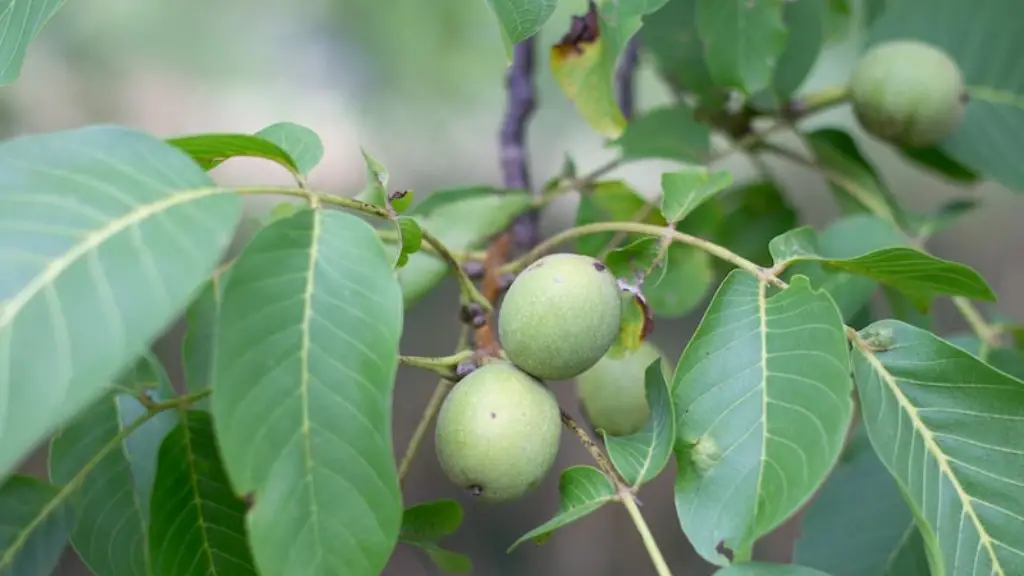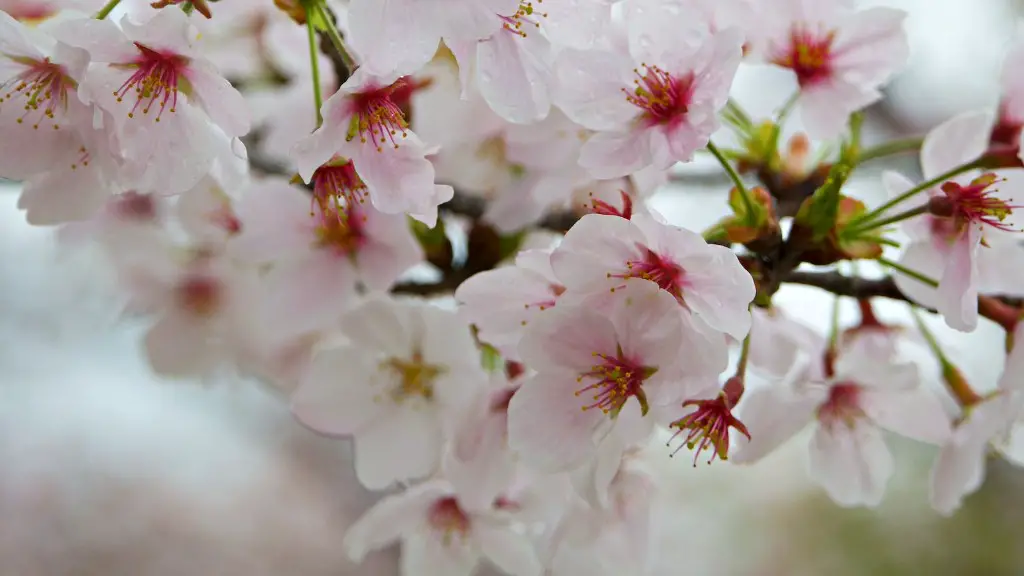Overview of Self-Pollination
Avocado trees are capable of self-pollinating with the right conditions, allowing you to enjoy the delicious fruits without the need for additional plants. In this article, we will explain the basics of self-pollination and the steps needed to achieve it. We will also provide some useful tips to help you get the best results.
What is Self-Pollination?
Self-pollination, sometimes called “self-fertilization,” is the process of a flower receiving pollen from a single parent tree. This means the flower can pollinate itself and is not dependent on other plants for the pollen, thus ensuring that it has sufficient pollen to successfully produce fruit. Self-pollination also guarantees that the genetic material of the parent tree is faithfully passed on to the offspring.
How to Self-Pollinate an Avocado Tree
Self-pollinating an avocado tree requires a few specific steps. The first step is to ensure a healthy tree with plenty of flowers. If the tree is weak or doesn’t have enough flowers, it won’t be able to self-pollinate efficiently. The next step is to make sure the tree is receiving enough sunlight and water. This will help the flowers to bloom and increase the chances of successful self-pollination.
Once you have a healthy tree with plenty of flowers, you will need to manually assist the self-pollination. Take a cotton swab or paintbrush and gently dust the male and female parts of the same flower with pollen from the same tree. The more flowers you can self-pollinate, the higher the chances of a successful harvest.
Improving Successful Self-Pollination
There are some additional strategies you can use to give your self-pollinated avocado tree the best chance for a successful harvest. One strategy is to “hand pollinate.” This involves taking a cotton swab and collecting pollen from the male part of one flower, and then transferring it to the female part of another flower. This can be done every two or three days to increase the chances of successful pollination.
Another strategy is to ensure that the flowers are receiving plenty of air circulation. This helps to keep the pollen moving and increases the chances of successful self-pollination. Additionally, be sure to avoid using any chemicals or sprays on the flowers as this can damage the pollen and make it less likely to be successful.
Preventative Measures
In addition to improving successful self-pollination, there are also some preventative measures you can take to protect your avocado tree. One measure is to make sure that the tree is receiving adequate nutrition. Fertilizers with phosphorous can encourage healthy, robust flowers and will improve the chances of successful self-pollination.
Another measure is to ensure that the flowers are protected from cold temperatures. Avocado trees are sensitive to cold weather and even the slightest drop in temperature can damage the flowers and reduce the chances of successful self-pollination. For this reason, it’s important to ensure that your tree is planted in a sheltered area with plenty of sunlight and protection from the wind and rain.
Benefits of Self-Pollinating an Avocado Tree
Self-pollinating an avocado tree can be a rewarding and satisfying experience. You will have the joy of being able to enjoy the fruits of your labour without having to rely on additional plants. Additionally, self-pollination is a great way to preserve the genetic material of the parent tree and ensure that it is passed on to the offspring.
Self-pollinating an avocado tree can also save you time and money. Without the need to purchase additional plants, you can cut the costs of your harvest significantly. Overall, self-pollination is a great option for anyone looking to produce a large harvest of delicious avocados.
Considerations for Self-Pollinating an Avocado Tree
When self-pollinating an avocado tree, there are a few considerations you should keep in mind. Firstly, it is important to make sure that the tree is healthy and has plenty of flowers. If the tree is weak or lacking in flowers, it will be harder to achieve successful self-pollination.
Secondly, be sure to take the necessary steps to protect the flowers from cold temperatures. This will help to avoid any potential damage and increase the chances of successful pollination. Additionally, it is important to make sure the flowers are receiving enough sunlight and air circulation.
Finally, it is important to be patient. Self-pollination takes time and it can take a few weeks for the flowers to develop into mature fruits. Be sure to use the preventative measures mentioned in this article to give yourself the best chance for a successful harvest.
Hand Pollination Techniques
Hand pollination is a great way to ensure pollination in an avocado tree. It involves carefully collecting pollen from a single flower, and transferring it to another flower. It is an effective way to produce a large harvest, as it ensures that the genetic material from the parent tree is passed on to the offspring. To hand pollinate, take a soft brush or cotton swab and brush the pollen from the male parts of a single flower to the female parts of another flower. Repeat this process every two or three days to ensure successful pollination.
Advantages of Self-Pollination
Self-pollination is a great way to produce a large harvest of delicious avocados. It is also a cost-effective option, as it removes the need to purchase additional plants. Additionally, it guarantees that the genetic material from the parent tree is faithfully passed on to the offspring.
Finally, self-pollinating an avocado tree can be a pleasurable experience. Watching the tree develop into a robust and healthy plant that produces delicious fruit can be a source of satisfaction and a great way to connect with nature.
Common Challenges for Self-Pollinating an Avocado Tree
Self-pollinating an avocado tree is not without its challenges. Firstly, simply ensuring that the tree is healthy and producing plenty of flowers can be a challenge. Secondly, you need to be aware of the cold temperatures and take the necessary steps to protect the flowers from damage. Additionally, it is important to ensure that the flowers are receiving enough air circulation and that the pollen is moving.
In some cases, it can be challenging to achieve successful pollination. If you find that your self-pollination attempts are not successful, it is important to remain patient and keep trying. It can take several attempts before you achieve the desired results.
Pollination with Bees
Using bees to pollinate an avocado tree is another option available to you. Allowing bees to pollinate your tree is a great way to encourage biodiversity and help support an essential part of the food chain. Bees are an important aid when it comes to pollination and will help to ensure a successful harvest. However, it is important to understand that bees are unpredictable and you are unlikely to get a large harvest solely from bee pollination.
Establishing a Pollinator Garden
In addition to bee pollination, you can also establish a pollinator garden to help ensure successful pollination. Planting a variety of bee-friendly flowers and plants in the garden will attract pollinators and help your avocado tree produce large, healthy fruits. Herbs such as lavender and basil, as well as native plants like sunflowers, are all good plants to include in your pollinator garden.
Pollination Services
If you want to take a more hands-off approach, you can also hire a pollination service. Pollination services use a variety of methods, such as spraying, to ensure successful pollination and large harvests. While this option can be expensive, it is often the best way to guarantee successful pollination with minimal effort.

